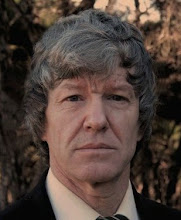MIT News reports that the chemical signalling of cells is two-way. The mechanism senses whether the signals have been received and the 'volume' is adjusted as necessary.
Cells receive external signals through sensing molecules--or receptors--embedded in the cell membrane. They then start a cascade of signalling molecules that carry the signals to the nucleus or other internal structures in the cell. The new research shows that the speed or other characteristics of this signalling process can change when the signals are being received.
Cells receive external signals through sensing molecules--or receptors--embedded in the cell membrane. They then start a cascade of signalling molecules that carry the signals to the nucleus or other internal structures in the cell. The new research shows that the speed or other characteristics of this signalling process can change when the signals are being received.


